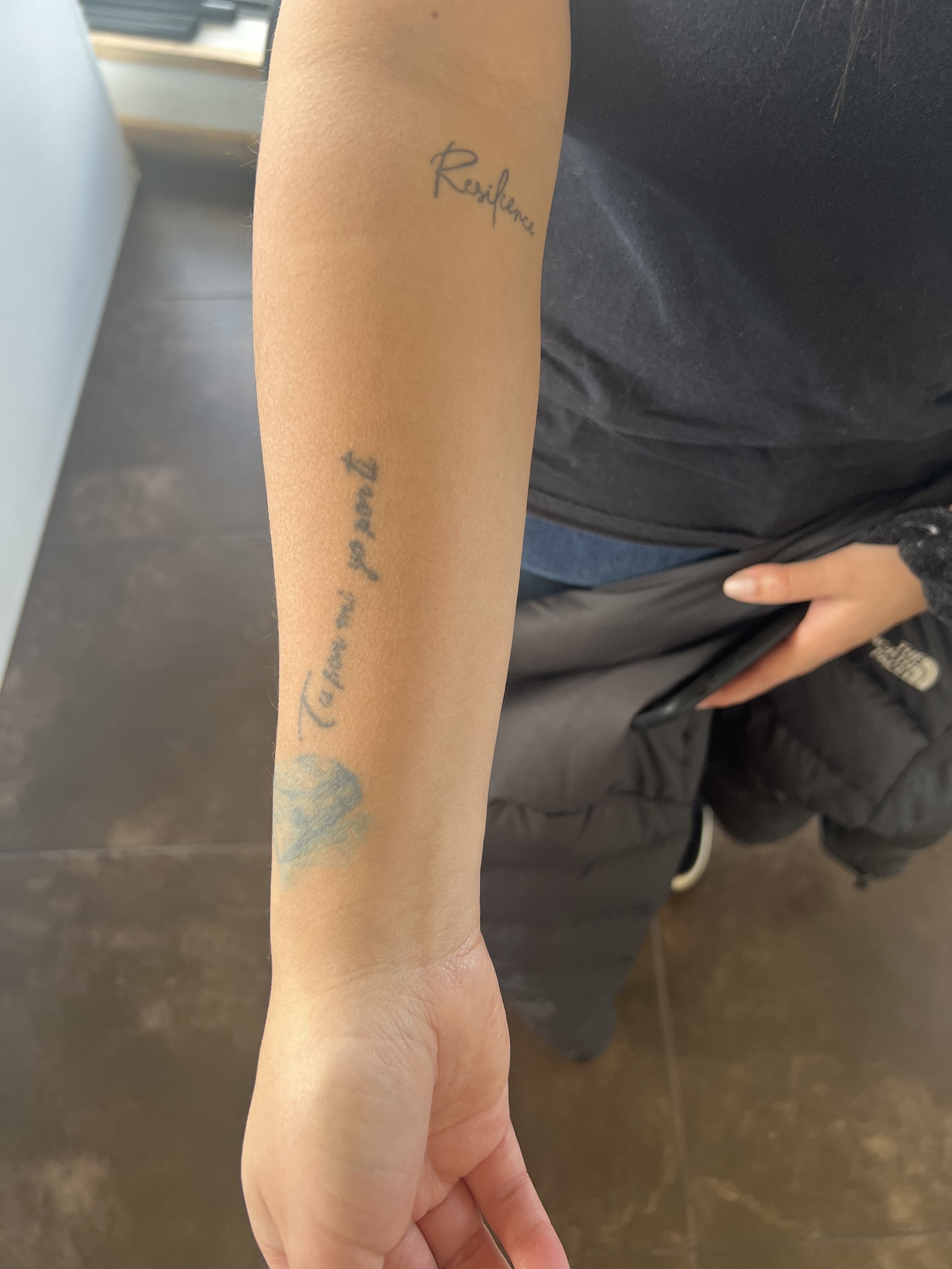How to Choose the Best Cover-Up Tattoo: A Comprehensive Guide
Choosing a cover-up tattoo can be an exciting and transformative journey. Whether you're looking to hide a poorly done tattoo, cover up a reminder of a difficult time, or simply update your existing ink, a cover-up tattoo offers a fresh start. However, the process can be overwhelming if you're unsure of where to start. In this comprehensive guide, we'll explore the different types of cover-up tattoos, the factors to consider when choosing one, and provide tips on finding the right artist to bring your vision to life.
Understanding Cover-Up Tattoos: A New Design Over the Old
A cover-up tattoo is a new design that is tattooed over the top of an existing tattoo, effectively hiding or incorporating the old tattoo into the new piece of art. The effectiveness of a cover-up depends on the original tattoo and the design of the cover-up. Faded tattoos in light colours are generally easier to disguise than fresh, dark tattoos. In some cases, laser tattoo removal sessions may be recommended prior to a cover-up to fade the original tattoo and provide better results.
Cover-up done by our colour realism specialist Nico.
Tattoo Removal vs. Tattoo Cover-Up: Making the Right Choice
Before diving into the process of choosing a cover-up tattoo, it's important to understand the alternative option: tattoo removal. Laser tattoo removal involves using a laser to break down the ink particles in the skin, allowing the body's immune system to gradually remove them. This process requires multiple sessions and can be costly. However, for individuals who want a completely clean slate with no trace of their old tattoo, laser removal may be the best option.
On the other hand, a cover-up tattoo offers a creative solution to transform your existing ink into something new and personalized. It allows you to work with an artist to design a tattoo that incorporates or hides the old tattoo. This option is ideal for those who want to keep a tattoo in the same location but desire a fresh design or want to add new artwork to their body without the extensive sessions required for laser removal.
Factors to Consider When Choosing a Cover-Up Tattoo
When choosing a cover-up tattoo, several factors come into play. These include the size, the colours and saturation of the original ink, the age and design of the tattoo, and the desired outcome of the cover-up. Let's explore each of these factors in more detail:
Size: Finding the Right Canvas
The size of your existing tattoo will determine the minimum size of your cover-up tattoo. For a high cover-up success rate, the new design needs to be larger. This allows the tattoo artist to incorporate the existing lines and shapes into the new artwork seamlessly. It's essential to work with an artist who can create a design that not only covers the old tattoo but also enhances the overall aesthetics.
Cover-up done by our fineline black and grey specialist Vince.
Colours and Saturation: Concealing the Past
When choosing a cover-up tattoo design, consider the colours and saturation of the original tattoo. Darker colours, such as blacks and blues, tend to dominate over lighter shades. It's crucial to work with an experienced artist who can select the right colours and ensure proper saturation to effectively hide the old tattoo.
Age: Time Can Be on Your Side
The age of your existing tattoo can also impact the success of a cover-up. Older tattoos often have faded ink and blurred lines, making them easier to cover. The longer a tattoo has had to settle into the skin, the better the new ink can blend with the old, creating a seamless cover-up. However, even newer tattoos can be successfully covered with the right design and technique.
Cover-up done by our resident colour realism specialist Nico.






